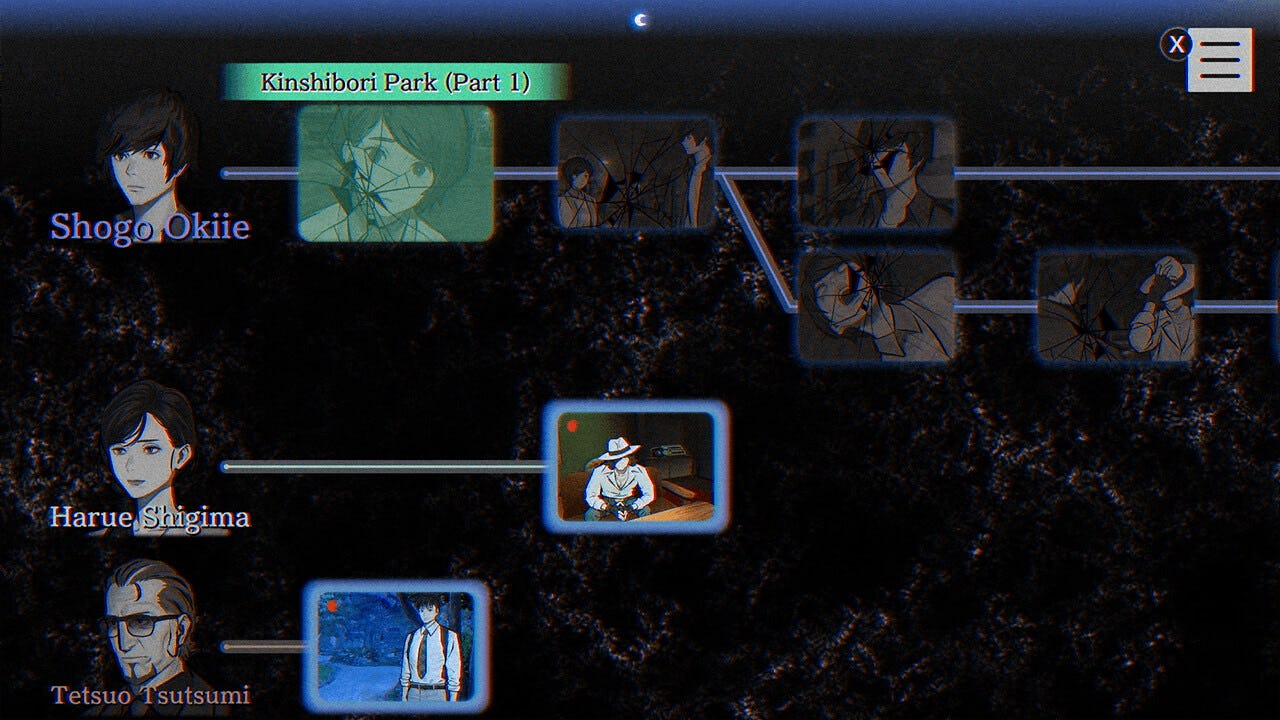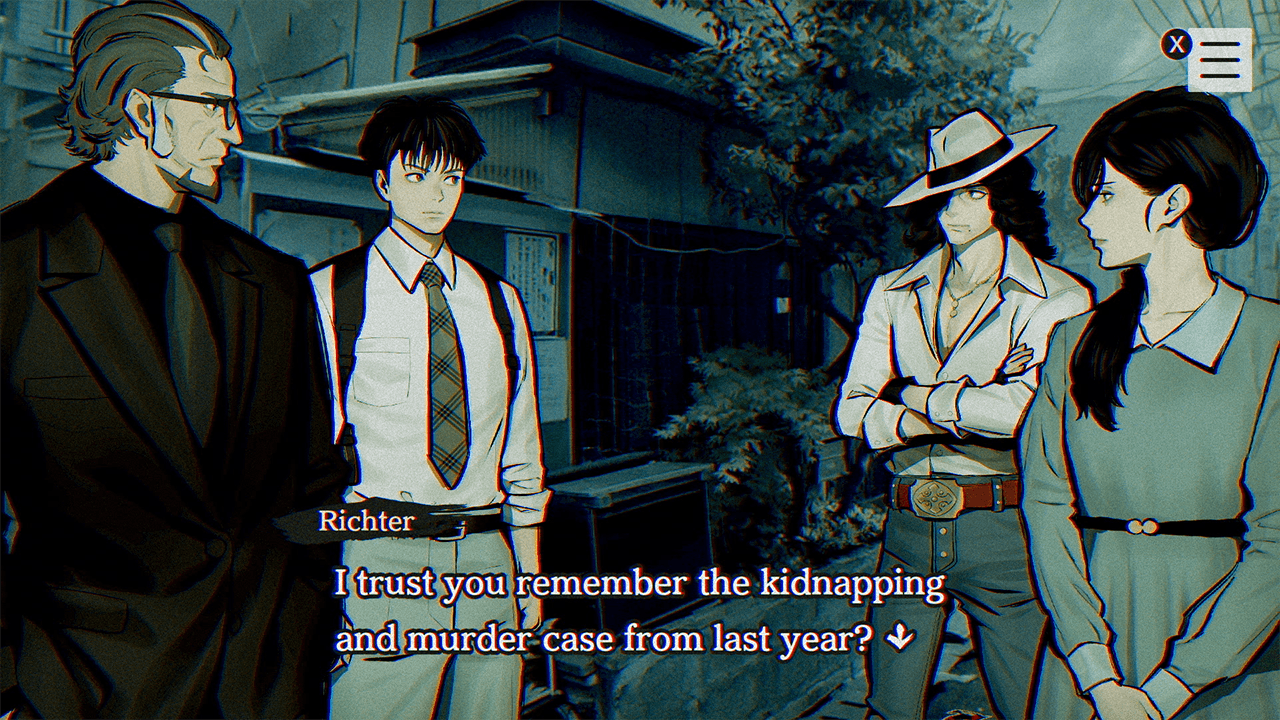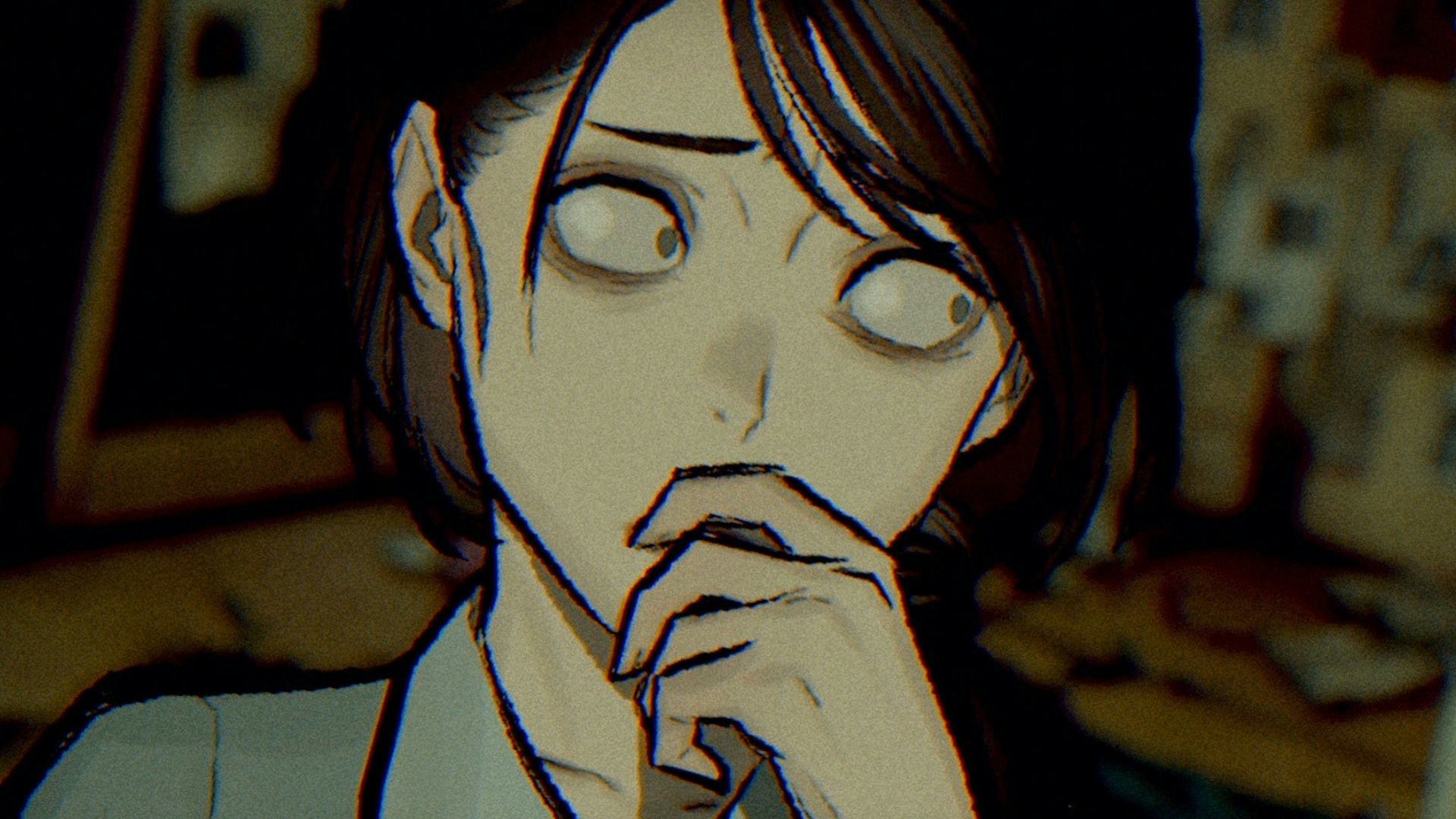
Paranormasight is one of the most surprising horror games of 2023. Seemingly out of nowhere, Square Enix’s mystery thriller doles out surprise after surprise — especially in terms of the player’s interaction with the story.
“I believe that the key to mystery storytelling lies in the way information is presented and displayed,” director and writer Takanari Ishiyama tells Inverse.
That approach becomes clear early on in Paranormasight, when one particular fourth-wall-breaking puzzle requires you to go into the menu and turn the voice volume settings down to zero, so you can’t hear a demonic voice. That early puzzle sets a trend that Paranormasight continues to one-up, right until the very end.
Ishiyama’s storied career includes influential adventure games like Tokimeki Memorial, Eternal Labyrinth, and Portopia. In 2005, he joined Square Enix and co-directed Final Fantasy XII: Revenant Wings. But in Japan, his name is much more closely associated with a hugely popular Nintendo DS and mobile adventure series called Detective Ryosuke Kibukawa, which stars a video game writer that helps a detective with his cases. (If you want to learn even more about Ishiyama’s career, a Twitter user named @bowloflentils compiled a super detailed thread walking through it.)
Paranormasight is the first game written by Ishiyama to be officially localized in English, despite his many successes. Inverse spoke with him about how his latest game subverts expectations, the art of crafting the perfect horror game, and the bygone allure of Showa-era Japan.

Square Enix isn’t known for making visual novels. Where did the idea for Paranormasight come from, and was there any difficulty in getting it approved?
Square Enix is well known for RPGs, however the corporate style actually allows for ventures that are not bound by genres as well — hence unconventional titles like these are occasionally released. I believe this project was set in motion due to my experience in text-based adventure games being recognized.
Why did you decide to set Paranormasight in the 1980s, rather than modern times?
For those of us living in the age of Reiwa(Japan’s current era), the mere mention of the Showa period gives a mysterious impression. Both culture and lifestyles have undergone great changes in the last several decades, so for adults it is like a bygone illusion, and for young people they have a mythical image of it, as if it is a historical fantasy world. Because of this, I determined that supernatural phenomena, such as the appearance of curses, will be accepted with a sense of realism.
Paranormasight is inspired by real urban legends. How did you integrate these into a fictional story, while still ensuring there were plenty of surprises along the way?
The Seven Mysteries of Honjo is a very obscure legend with theories varied in both number and content, with much space for interpretation, which in turn stimulated our imagination. That is the reason for its adoption.
Within Paranormasight, we thought it would be interesting to have these mysteries actually be born out of one major incident, so from there we developed our own interpretation and story.

Did you have any worry the game might not appeal to Western audiences? Was an English localization planned from the beginning?
We had decided on English localization from the project’s initial conception. The setting of this title, Japan from several decades ago, is somewhat of an alien culture even from the perspective of those living in Japan today. So our goal was to create a world that may not go all the way back to the Edo period or the Sengoku period, but something akin to a historical fantasy world that could be accepted.
Also, we were confident that if the characters were appealing, people would enjoy the game even if they were unfamiliar with the worldview.
What makes a successful horror story, in your view?
Regardless of whether it is a horror story or not, it’s vital to convey a sense of atmosphere and feeling of immersion within adventure games. However much the struggle, one cannot compete with the intensity and persuasion of a big-budget visual title.
So we took care to have the player be aware that they are in control and intervening within the story the way one only can in a game, while refining the usage of limited pictures, text, and sound, all while providing players with a sense of anxiety and curiosity in not knowing what will occur by pressing a button, to have the players feel a sense of presence in the game, even a little.
Paranormasight’s puzzles are very subversive. How did you make sure there were enough hints for players without making things too obvious?
If I could explain this simply, I would have no issues cultivating game scenario writers! But for now, I believe that the key to mystery storytelling lies in the way information is presented and displayed.
By always keeping in mind what the players think at a certain point, and what they may find perplexing, we can control the information by preparing clear answers, or intentionally hiding or misleading them. From there, you just need to put them into action.

Were there any prominent visual novels that inspired the team?
I am constantly inspired by many classic adventure games, but what I was most conscious of during the development of this game was to surpass the impact of titles I’ve developed in the past.
What’s your view on the current state of the visual novel/adventure game genre? How can visual novels evolve and bring in new players?
Prior games for which I’ve written scenarios have only been released in Japan, and this is the first time it has been translated into English. I am excited for how this will be received in the West, with high expectations for the quality of localization as well.
If the market can be expanded by releasing the title overseas, I believe we’ll be able to release more titles in the future as well. The customers’ tastes in stories are widely varied, so I believe releasing a multitude of titles will lead to expansion of the market. Also, I believe text-centric games are highly suitable for smartphones, so we are observing the results from this title to see whether a certain market exists there.







